Post-Election Rallies Concern Healthcare Workers Amid COVID-19 Spike
As people take to the streets to rally either for or against the results of the 2020 presidential election, confirmed COVID-19 cases continue to rise.
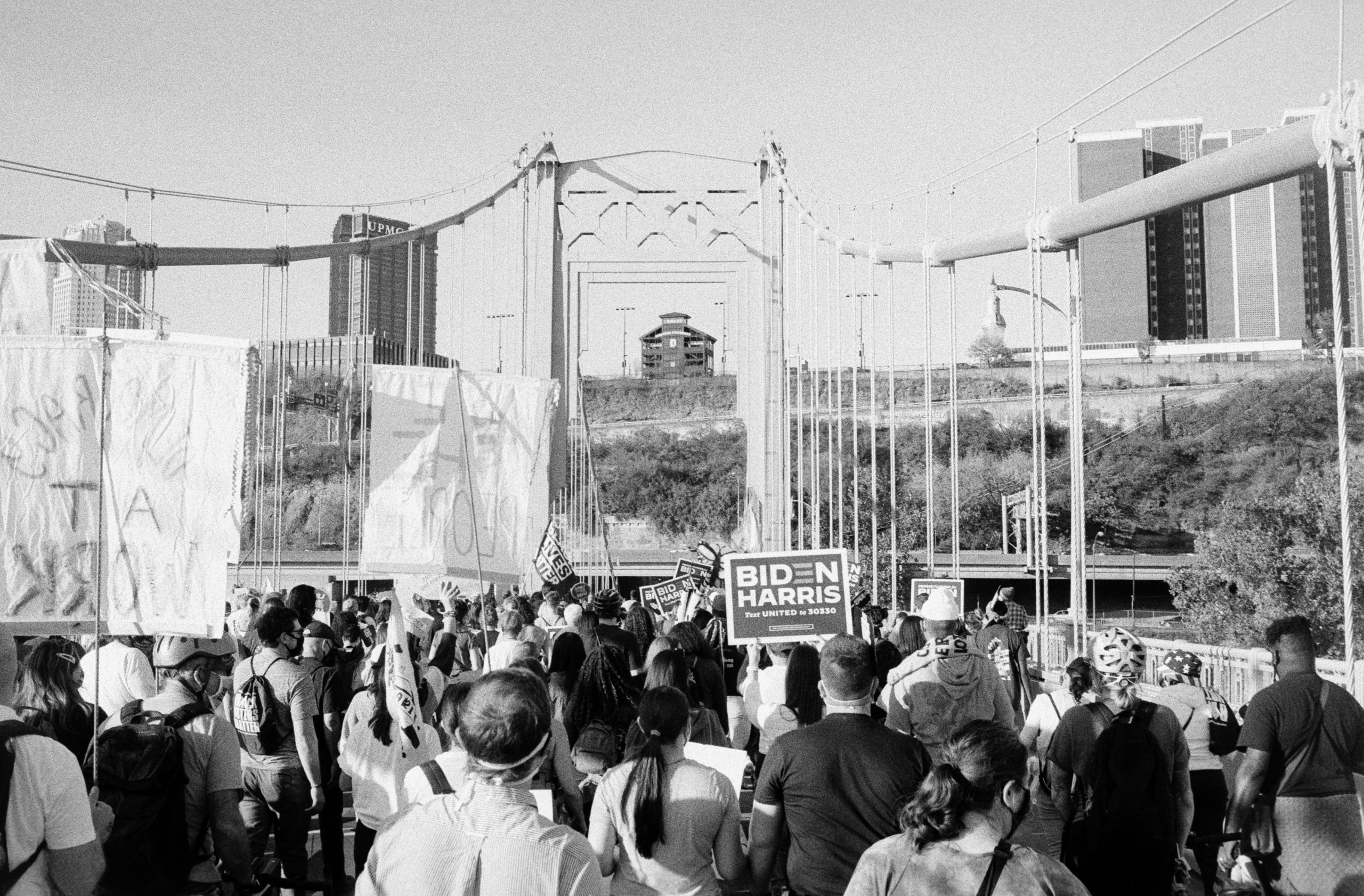
Post-election rallies concern health workers in light of the recent spike in confirmed U.S. COVID-19 cases.
Following the results of the 2020 presidential election, many demonstrators have taken to the streets to either protest or celebrate the announcement of Joe Biden as the new President-elect. During many of these events, however, consistent mask-wearing and social distancing were not strictly practiced, bringing about fears of possible widespread COVID-19 transmission.
Why healthcare workers are concerned
Fourth-year OB-GYN resident at Mount Sinai at Elmhurst Hospital, Dr. Rachel Schoenbrun, believes that post-election rallies where there is little social distancing and mask-wearing could be a cause of the recent increase in COVID-19 cases.
“I think based on the information that we know in terms of transmission, it’s definitely possible that it could be a contributing factor,” says Dr. Schoenbrun.
She continues, “Certainly we know that there were large gatherings in crowds, not necessarily social distancing and obviously not uniform mask-wearing, which are all risk factors.”
While Dr. Schoenbrun believes that protesting is important, she wants demonstrators to do so with caution.
“What we need to continue doing is promoting safety knowing that COVID-19 numbers are spiking,” says Dr. Schoenbrun.
Do you wear a mask when you attend a protest or celebratory rally?
— Victoria Bell (@victoriakbell_) December 3, 2020
According to a CBS article quote by Dr. Benjamin Aaker, president of the South Dakota State Medical Association, “Any time when you put that many people in close proximity, you do run the risk of that transmission.”
Individuals "haven't been very great about doing the important things like social isolation and wearing masks," continued Dr. Aaker.
Similarly, Elmhurst Hospital physician, Dr. Brenda Beloonesky, believes that people have not been taking the COVID-19 precautions as seriously as they should.
“While I think getting together in protests and not wearing masks will increase transmission, I think that everyone ignoring the rules and not wearing masks in general will increase transmission rates also,” said Dr. Beloonesky.
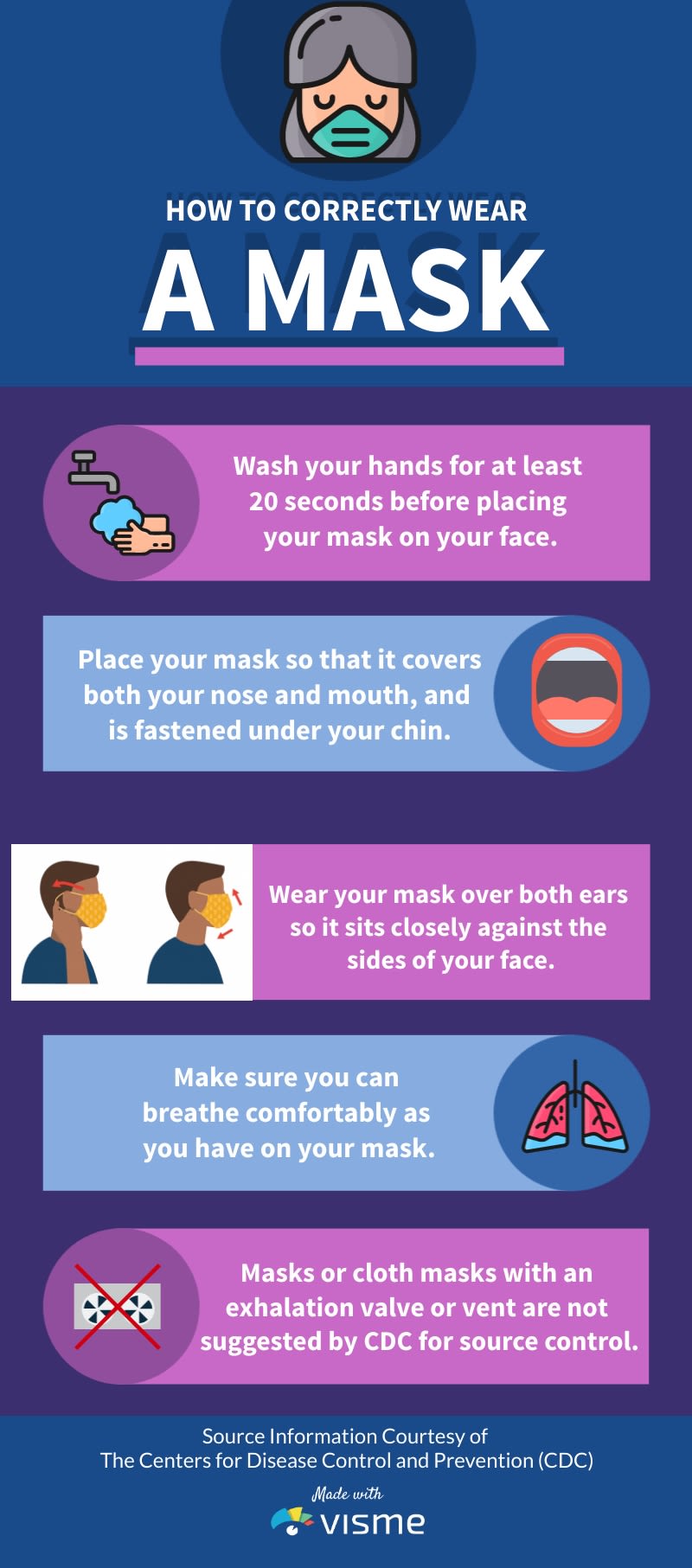
Infographic Courtesy of Victoria Bell
Infographic Courtesy of Victoria Bell
Dr. Schoenbrun understands that mandatory mask-wearing, hand sanitizing stations and social distancing are difficult in the setting of a large protest. However, she feels it is imperative that people try their best to enforce these actions.
“I think that we did see some of those good practices happening even at the height of the protest and we can continue them,” says Dr. Schoenbrun.
The perspective of demonstrators
(Video Courtesy of Victoria Bell)
Founder and Editor-In-Chief of NYC Protest Coverage, Kevin Xavier, defends that many people overall have been wearing masks and taking safety measures.
“I would say early on in the demonstrations, 99 percent of demonstrators had a mask,” said Xavier.
However, Xavier has both witnessed and documented examples of community members not following safety guidelines.
Xavier reveals that many people in positions of authority, such as government officials or New York City Police Department (NYPD) members were the ones less likely to wear masks. For example, a post uploaded to the NYC Protest Coverage Instagram page showed an image in which 10 people were either not wearing their mask properly or not wearing a mask at all. Xavier reveals that of those 10 people, six were police officers and four were demonstrators.
“Increasingly recently, we’ve seen demonstrators wearing masks less, and that's why we felt compelled to make a statement about it,” said Xavier.
Similarly, co-founder of Instagram's @protest.nyc, Janet Burns, has also been seeing a lack of cohesive mask-wearing.
“I primarily have seen safe behavior and people aiming for best practices, but I have absolutely seen people without masks,” said Burns.
Burns, who also serves as the editor and senior reporter for her independent digital news organization, tries her best to navigate around the perimeter of rallies while taking pictures and observing safe practices. She believes that being aware of one’s own health is crucial. She feels it is important to consider not only where one’s body is or what others are doing, but also what protective measures a person is comfortable with and willing to take.
“I know a lot of folks that are not comfortable being in the middle of a crowd right now,” said Burns.
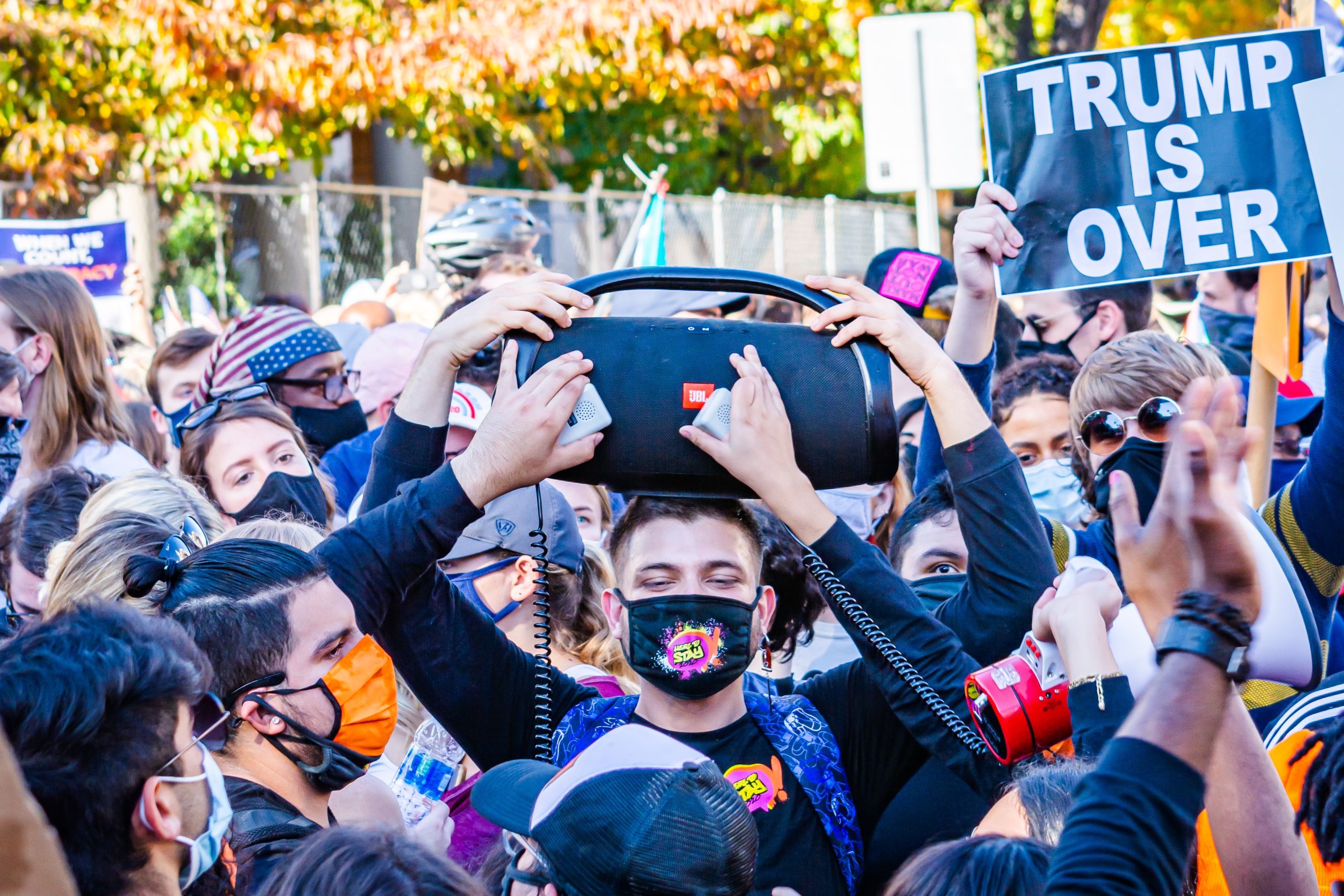
(Photo Courtesy of Unsplash)
(Photo Courtesy of Unsplash)
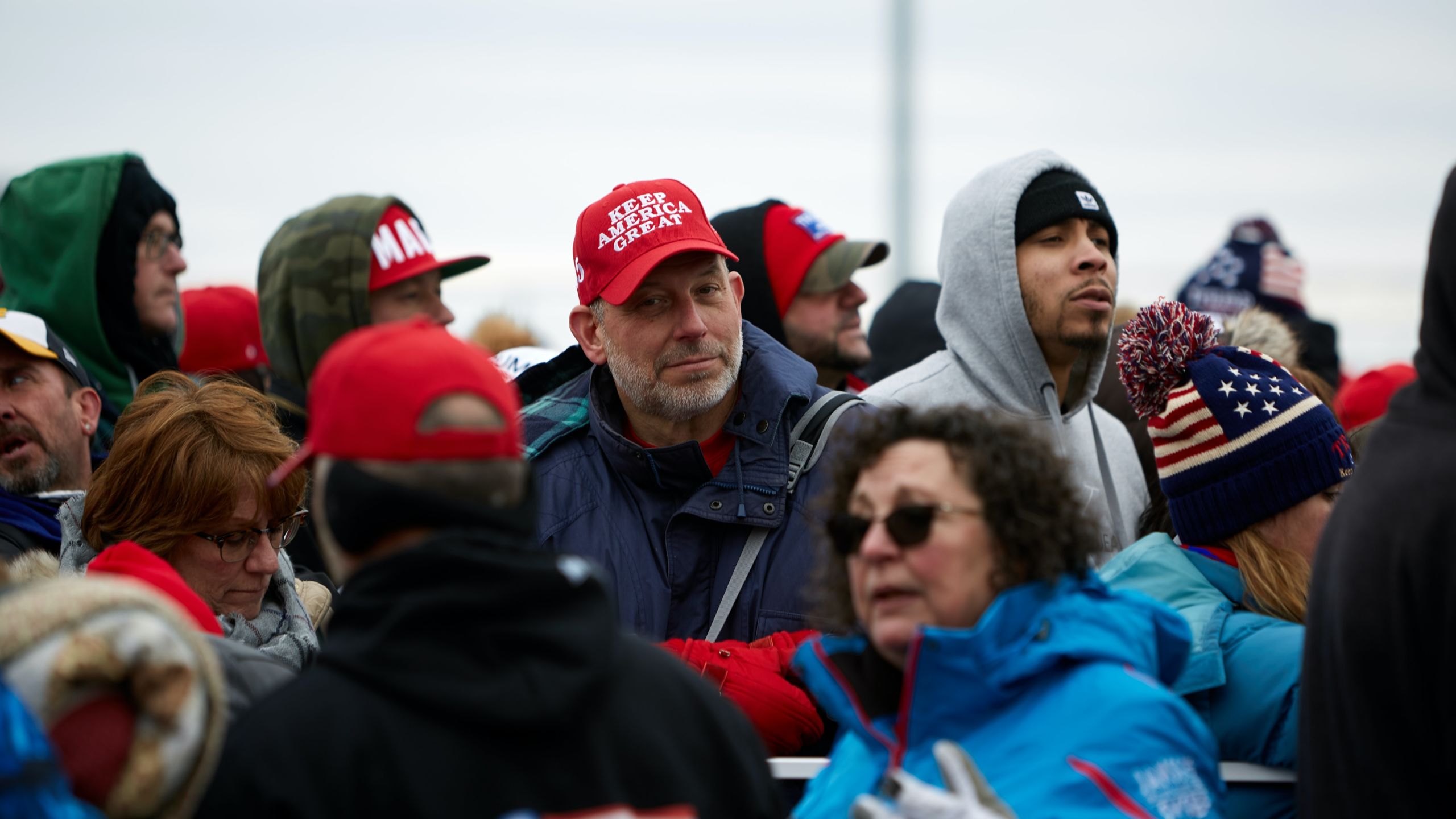
(Photo Courtesy of Unsplash)
(Photo Courtesy of Unsplash)
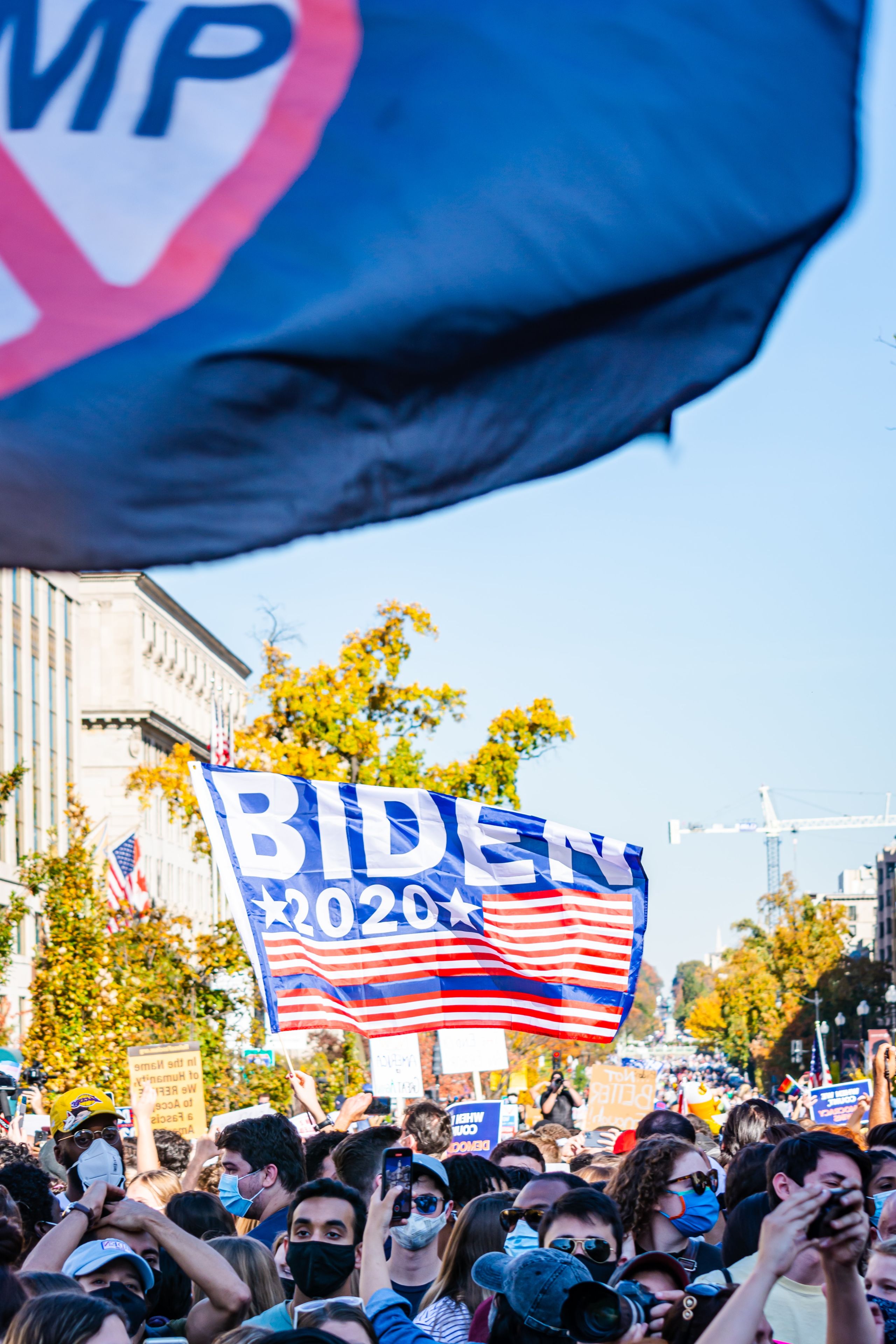
(Photo Courtesy of Unsplash)
(Photo Courtesy of Unsplash)

(Photo Courtesy of Unsplash)
(Photo Courtesy of Unsplash)
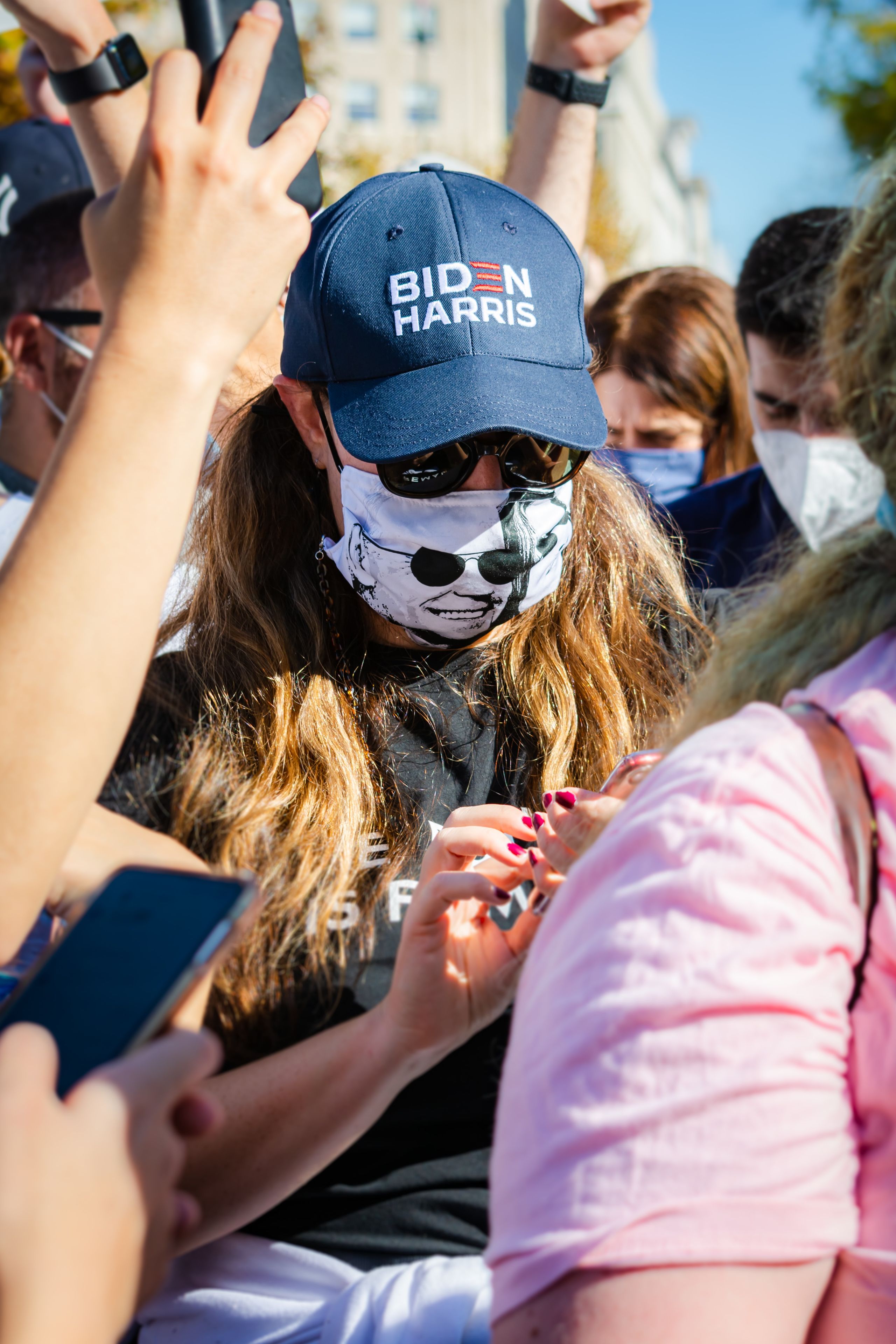
(Photo Courtesy of Unsplash)
(Photo Courtesy of Unsplash)
How to stay safe
According to Dr. Schoenbrun, a simple safe practice demonstrators can implement is being mindful of their surroundings.
“If they feel they are not able to be a safe distance away from other people, they should potentially try to find a different location,” says Dr. Schoenbrun.
“For anybody who wants to protest in a safe manner, I think [they should protest] not in an enclosed space or inside a building, but out in open-air where there’s good ventilation,” says Dr. Beloonesky.
Aside from practicing social distancing, Dr. Schoenbrun suggests people come prepared with their own PPE (personal protective equipment), such as hand sanitizer and masks. She also recommends participants avoid sharing drinks and food with other people.
If someone you know has come into contact with someone with COVID-19 or have recently travelled, Dr. Beloonesky strongly advocates that they self-isolate. Lastly, those experiencing symptoms of COVID-19, such as fever, fatigue, shortness of breath and lack of smell or taste, should also quarantine.
Learn more about COVID-19 and it's impact on education here.

